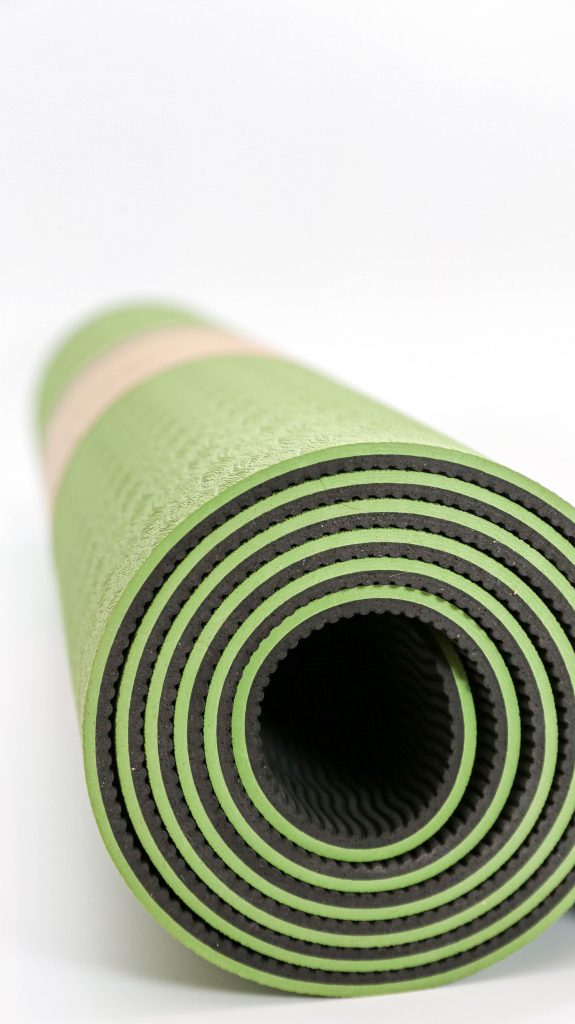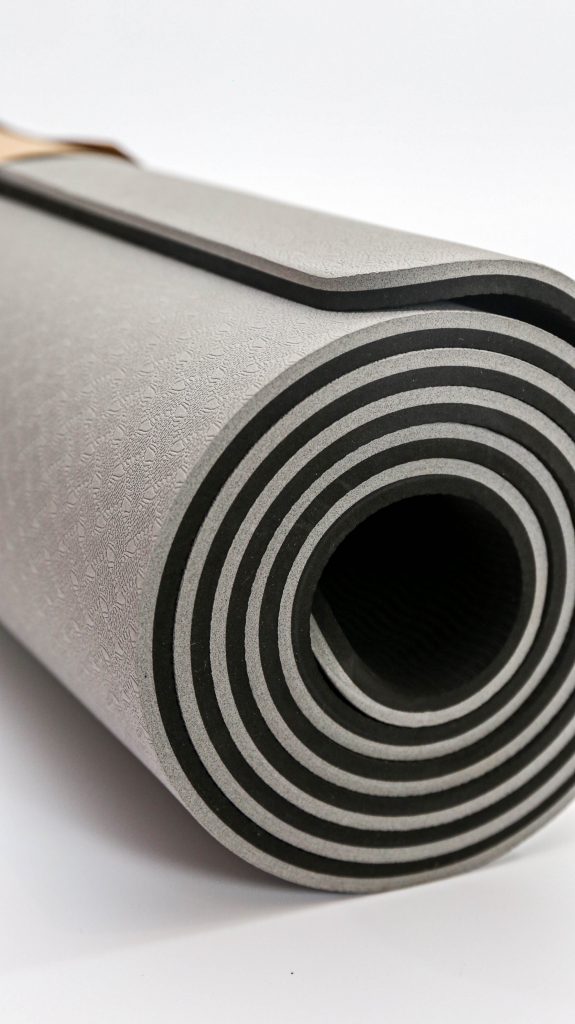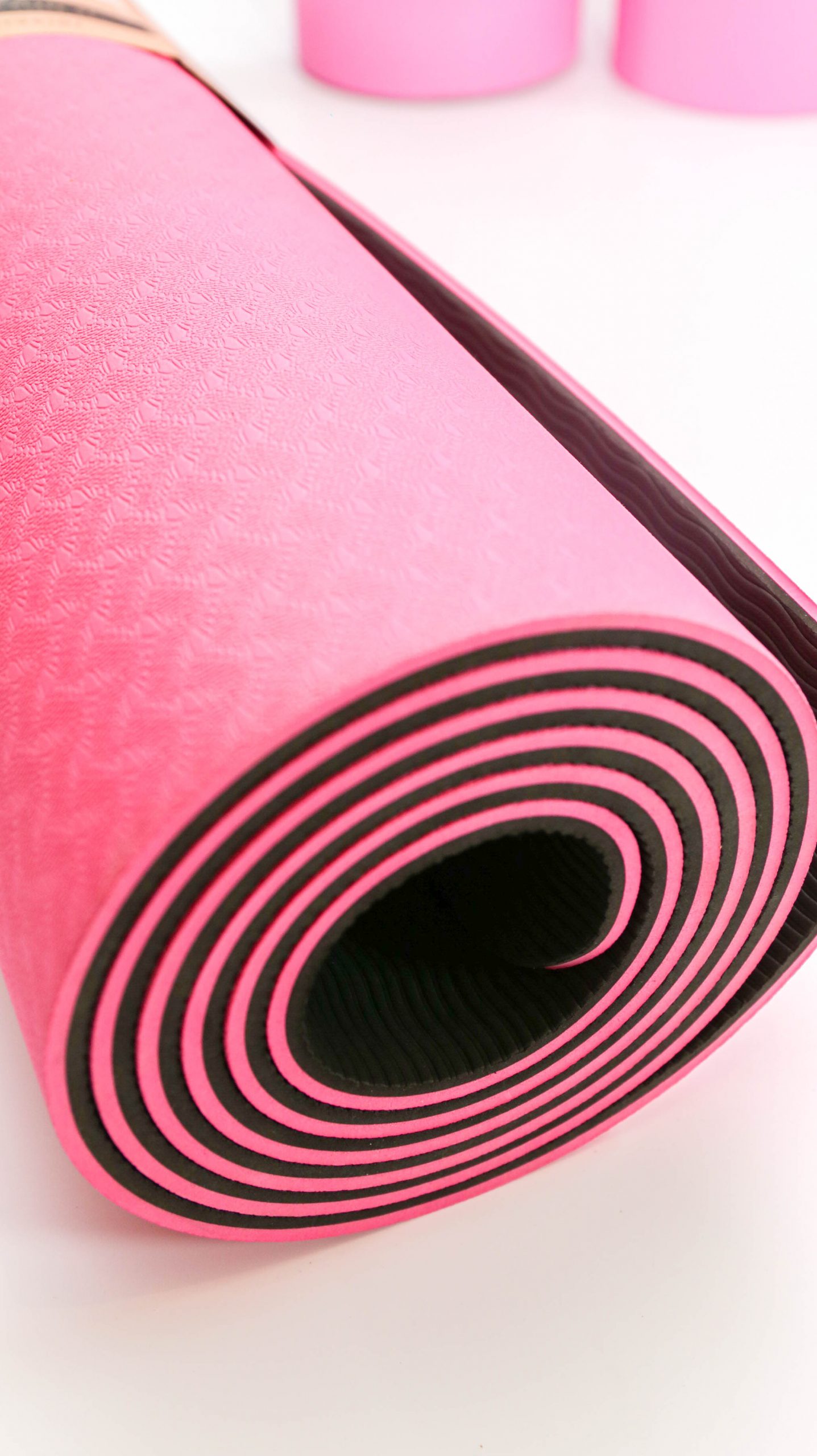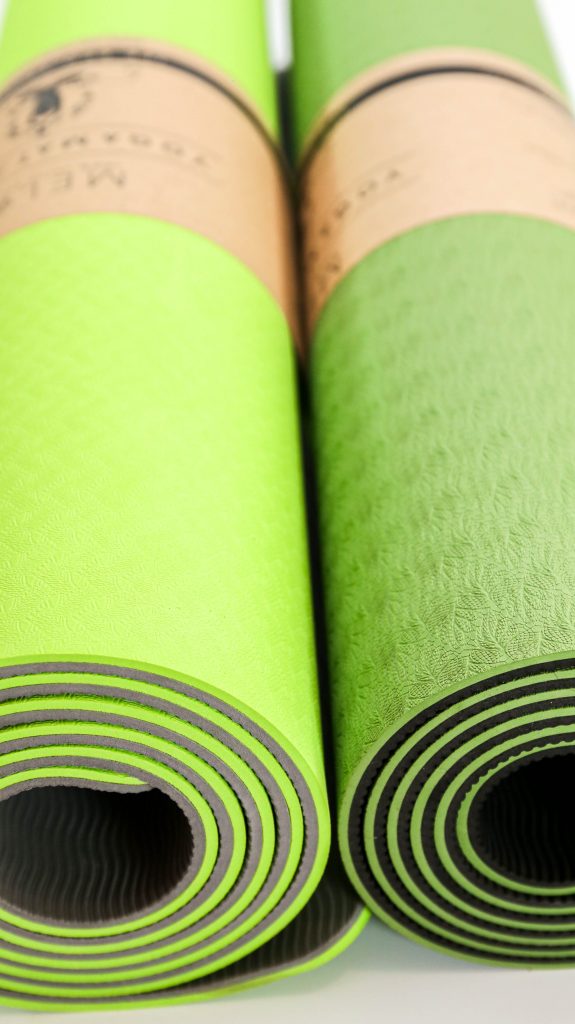Tips a tener en cuenta a la hora de comprar tu propio Yoga Mat
Investing in your Yoga Mat is as important as the decision to start practicing Yoga. Your Mat becomes your sacred space, the place where we are ready to let ourselves flow and connect with our deepest being.
Therefore, choosing the right one is extremely special. In this article we give you the main variables and tips for buying your own ideal Yoga Mat.
One of the things I like the most about this life tool is that it doesn't take much to be able to practice it, just the desire to start and a Mat.
but hey! You can also practice without a mat or easily replace it with a towel or tarp. But after years of practice, I can tell you that a good Yoga Mat makes the experience a much more pleasant journey.
Having your own Mat elevates your practice, making it your sacred space and knowing that the magic will always be there waiting to be unrolled.
Some aspects to take into account when buying your own Yoga Mat:
1. MATERIAL
I feel so necessary to think about a sustainable future, which is why I choose both for my personal practice and for my shop, the TPE Yoga Mat, which do not use PVC or other materials that emit harmful gases and are recyclable ♻
The TPE is a thermoplastic elastomer which is a compound based on natural rubber and a synthetic material that has been used for years to manufacture tires and competition shoes. Because it is a non-toxic material, it is also used to make baby items.
In addition, TPE is a super light material, making your Mat a super easy element to transport.
Other sustainable materials are: natural rubber, organic cotton or microfiber, ecological polyurethane and cork.
2. THICKNESS
The importance of the thickness of your Mat will vary according to your own body and the comfort you seek. The material chosen must also be taken into account.
For example the TPE mats of 4, 5 or 6 mm, they have great cushioning and grip in any of the 3 thicknesses. If you have sensitive knees and ankles and you don't want to be bending and stretching your mat, I recommend that you choose a mat of one of these thicknesses.
There are thinner mats (3mm) that feel like you are practicing almost directly on the floor. They're handy for travel because they usually double up as towels, but they're so thin that you feel all the unevenness of the floor with your knees and can lead to aches and pains! For these cases it is ideal to complement with pillows or blankets under the joints.
There are other thicker mats (8mm) that weigh about 3kg and are gigantic! It happens to me that it feels too soft in the balances and in the end it is a pain to move it on a bicycle or on foot.
My recommendation is to look for a mat that is neither too thin nor too thick. Between 4 and 6 mm is perfect for any type of practice.
3. WEIGHT
Depending on the material your Mat is made of, it will be more or less heavy. For this you have to take into account the function that you are going to give it. If it is for your Mat to stay at home, or in the studio... or if it is for transporting or traveling.
There are super slim and compact travel mats that weigh just 1kg to much heavier mats designed to be left at the yoga studio or at home. If you are not sure where to start, you can choose an intermediate (1 to 3 kg)
Mats over 3kg are ideal for those with a strong and fluent practice. They allow solid contact with the floor, which helps with stability during poses.
If your yoga plans include travel, we recommend looking for a travel mat designed specifically for portability. They are very thin, light and foldable, making them ideal to put inside a backpack or suitcase. Keep in mind that you will sacrifice some cushioning on this type of mat.
4. GRIP
This is the most important point for comfort when practicing yoga, as you don't want your feet to slip while doing the poses. In addition to the fact that it can be uncomfortable, it can even be risky to hurt yourself, fall and suffer an injury.
So, it is important that your Mat provides traction and good grip, which you will find in the Asana model in the store, which has a textured surface that generates excellent grip on both the floor and the body during practice.
5. CLEANING
In order for your Mat to stay in good condition for longer, it is important that you clean it well after each use, to prevent sweat from drying on its surface and damaging it.
To do this, there are special sprays that you must place directly on the mat and clean with a dry towel or cloth, or you can create your own natural cleaner by adding 3/4 of water + 1/4 of vinegar and a few drops of your favorite essential oil to a small bottle.
CONCLUSION
As you could see throughout this article, there are many factors to consider before choosing a yoga mat, so if you are about to make this investment, I recommend you read very well and do your research before doing so.
My last advice of humble opinion, after several years of experience, trial and error, is to choose the TPE matsFor me, they are the best option for any type of practice: they do not flake, they are light, easy to clean, they have a non-slip texture with tremendous grip on both the floor and the body, and they are ecological.
Hopefully this info will help you!








